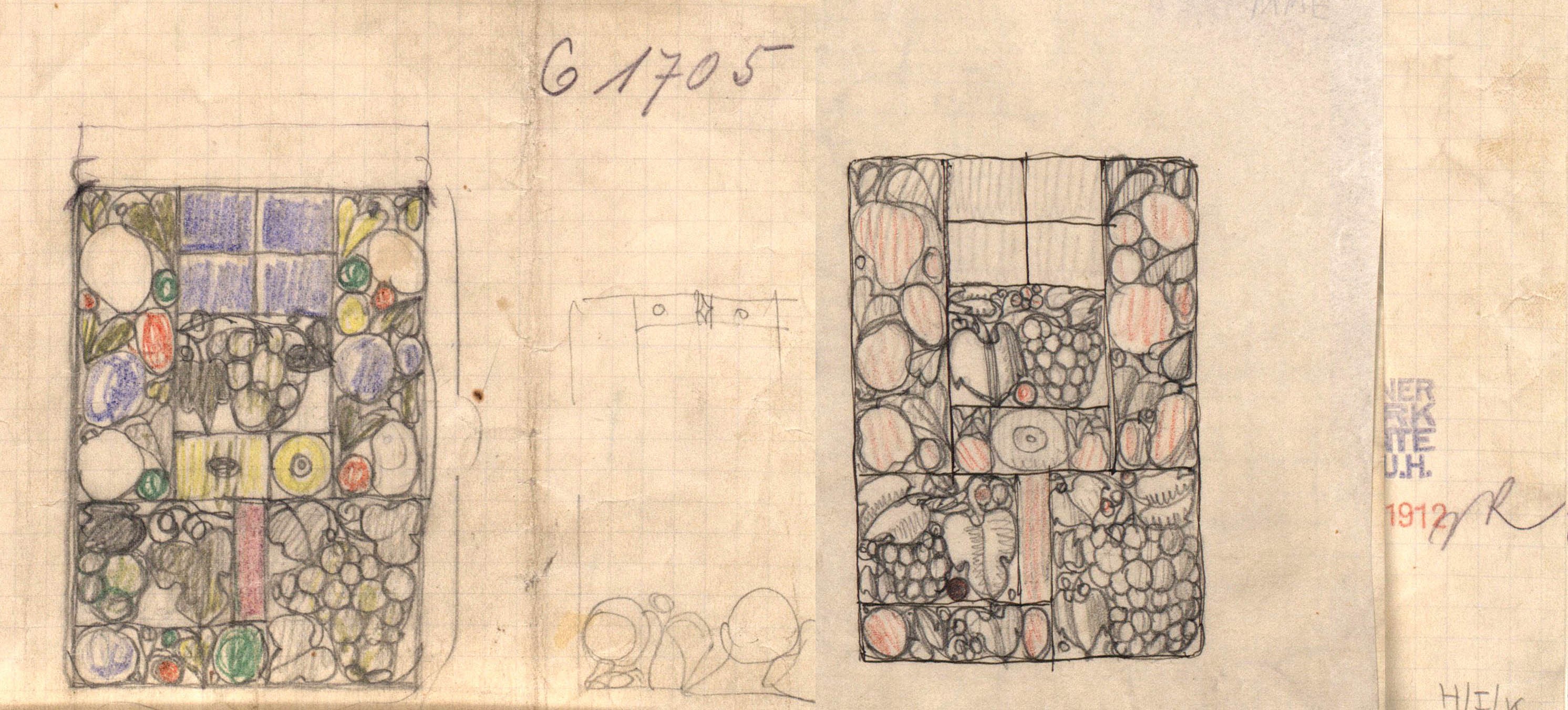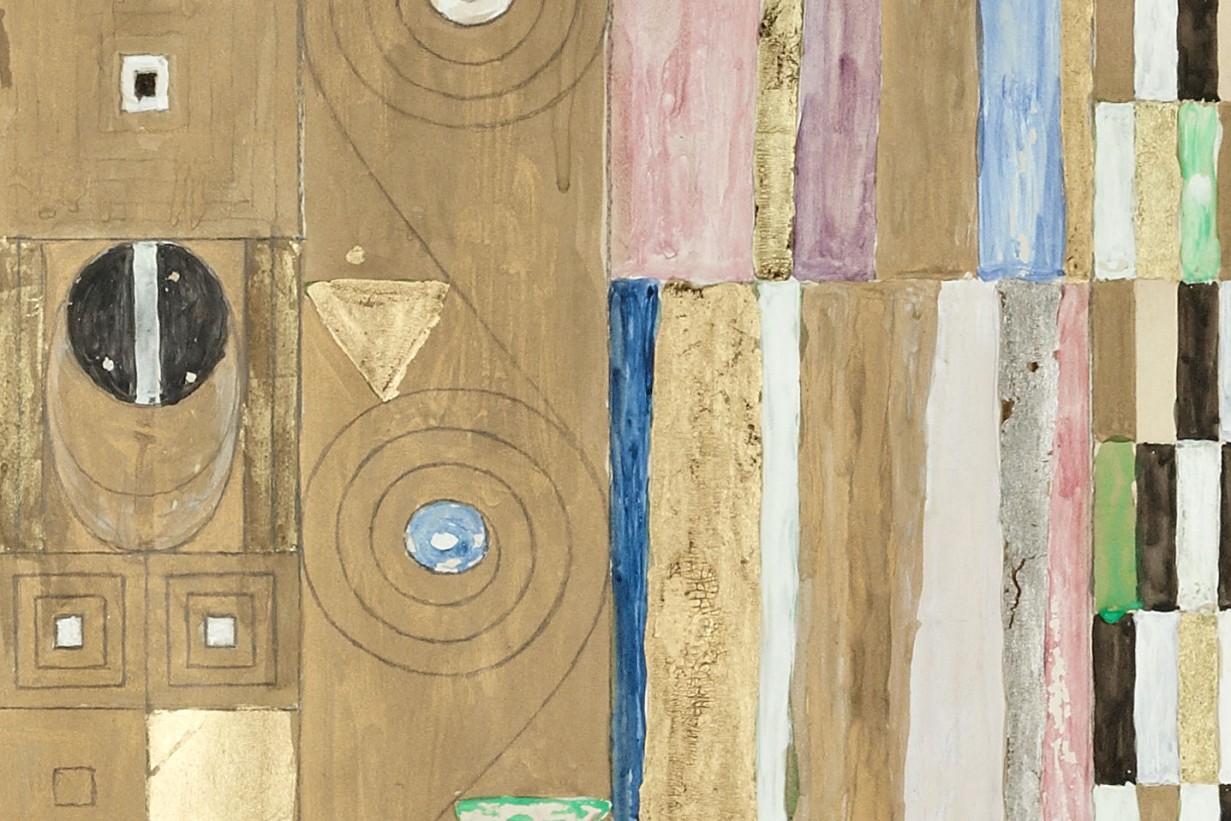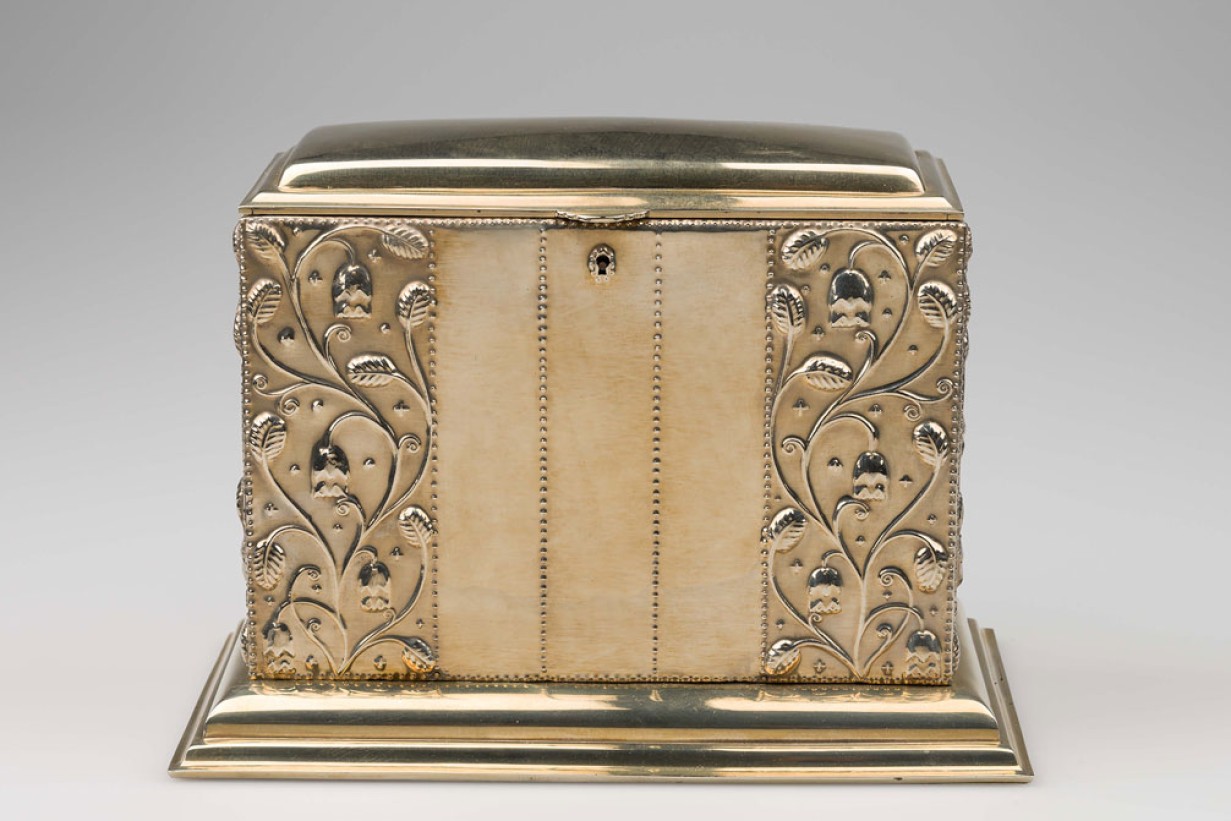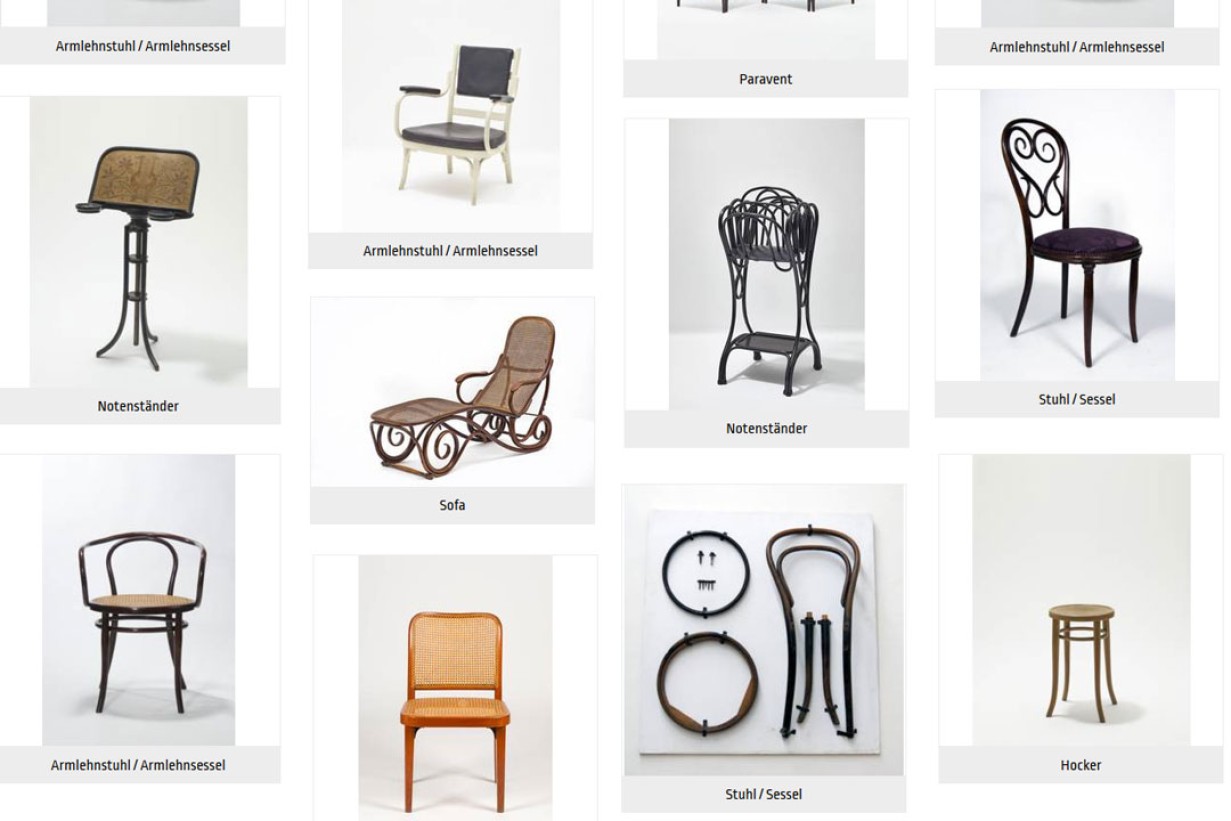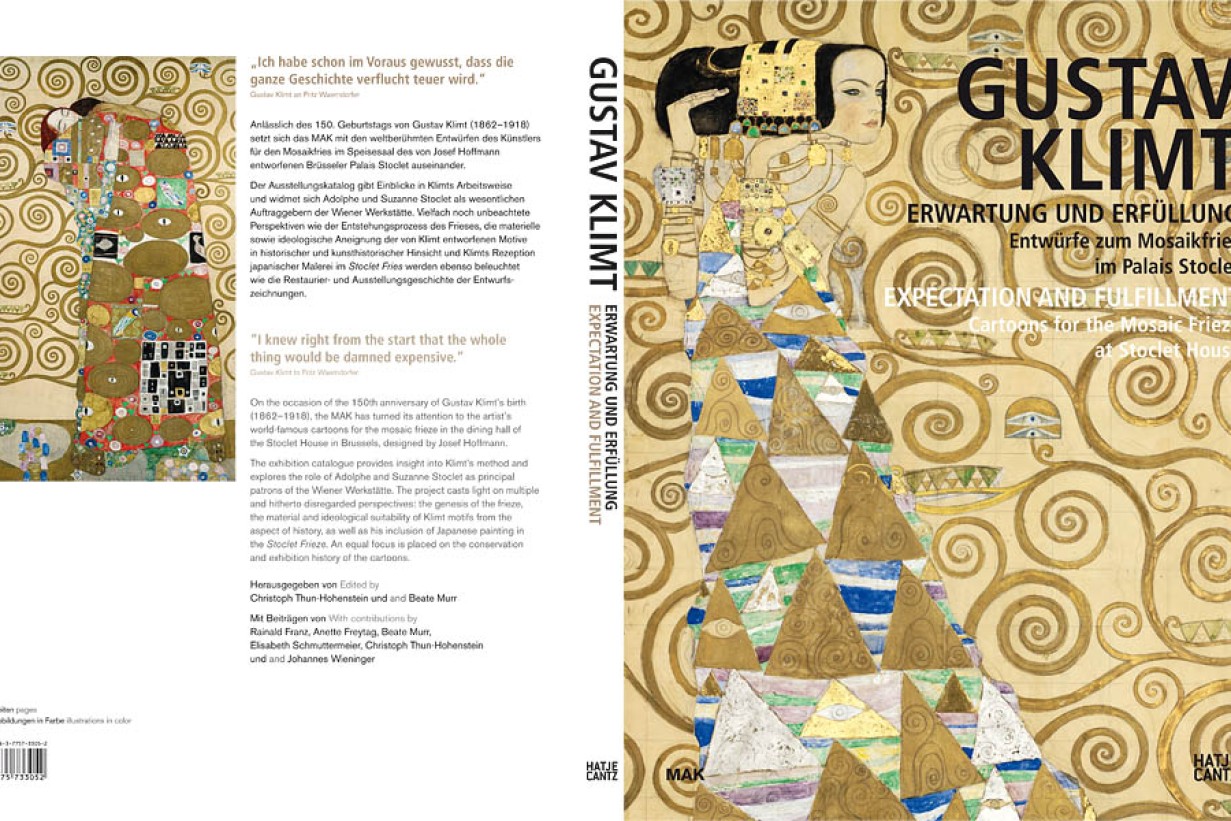Wiener Werkstätte Archive
Curator: Anne-Katrin Rossberg
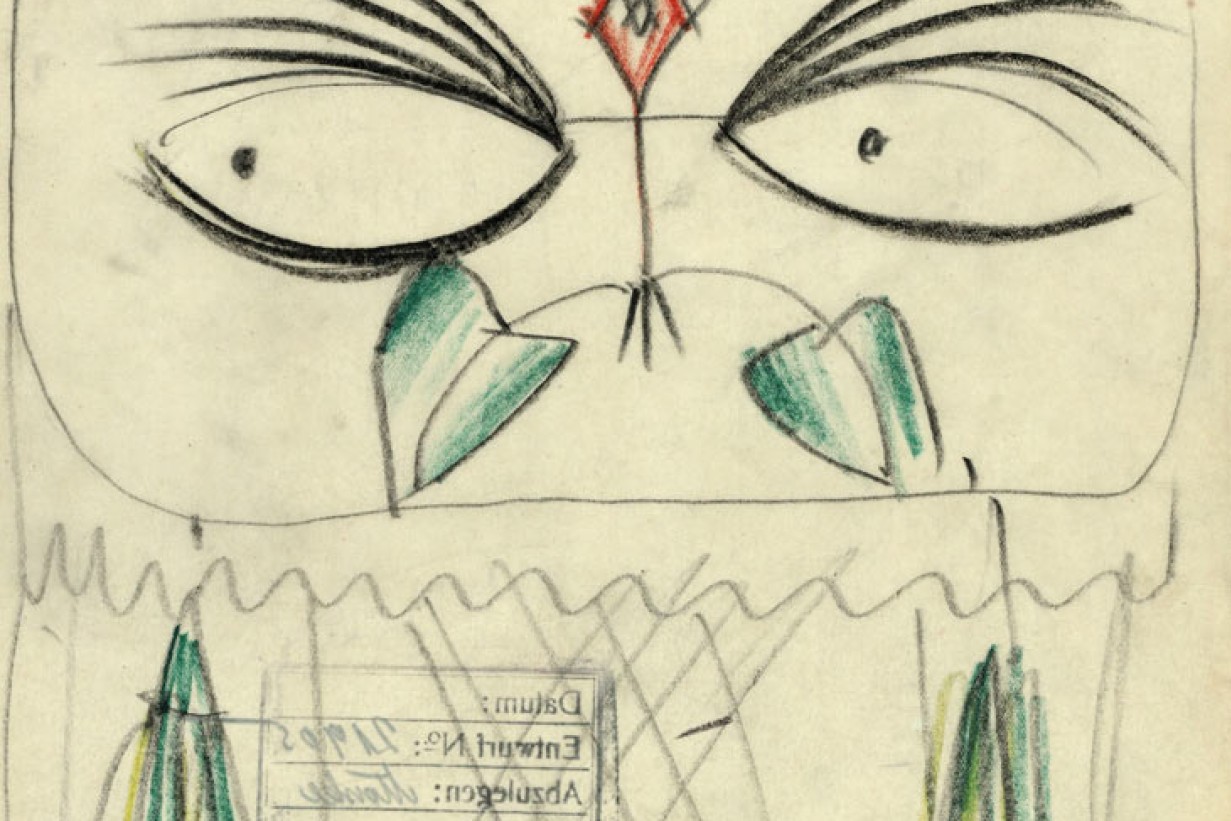
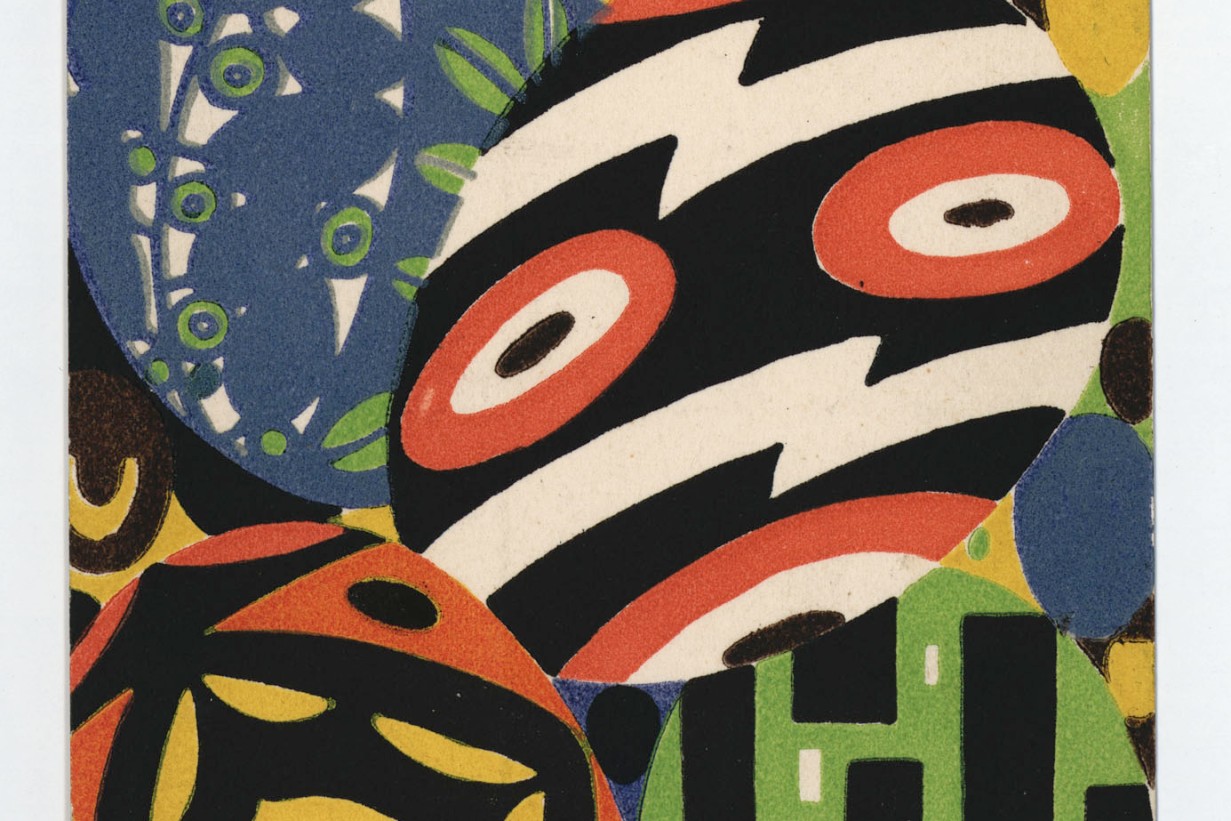
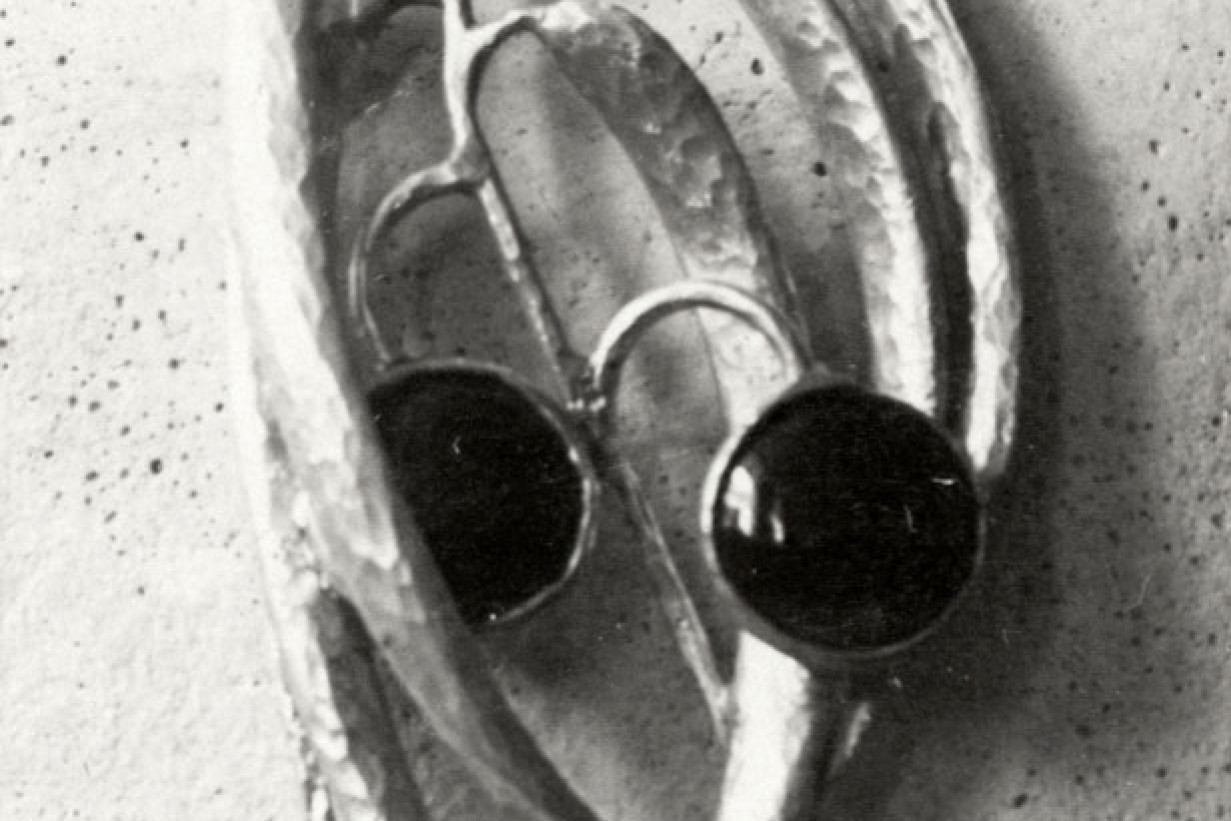
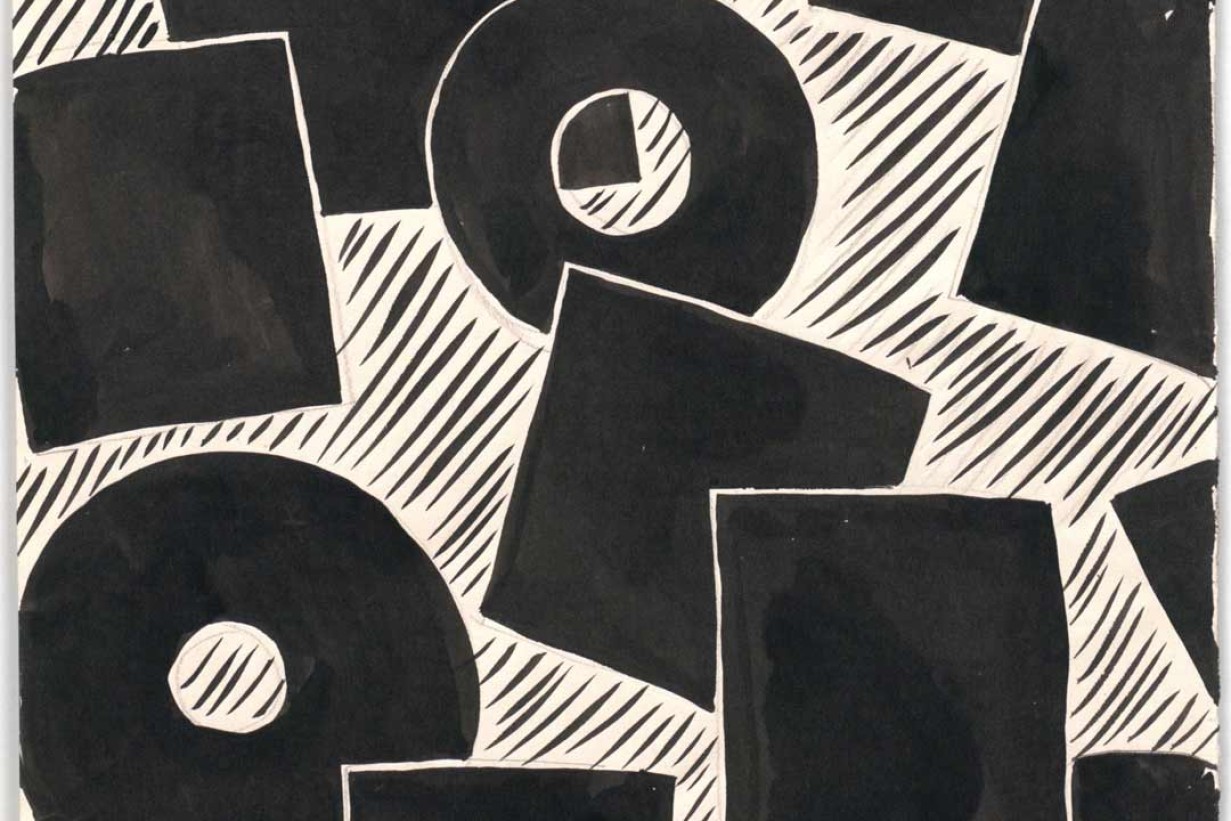
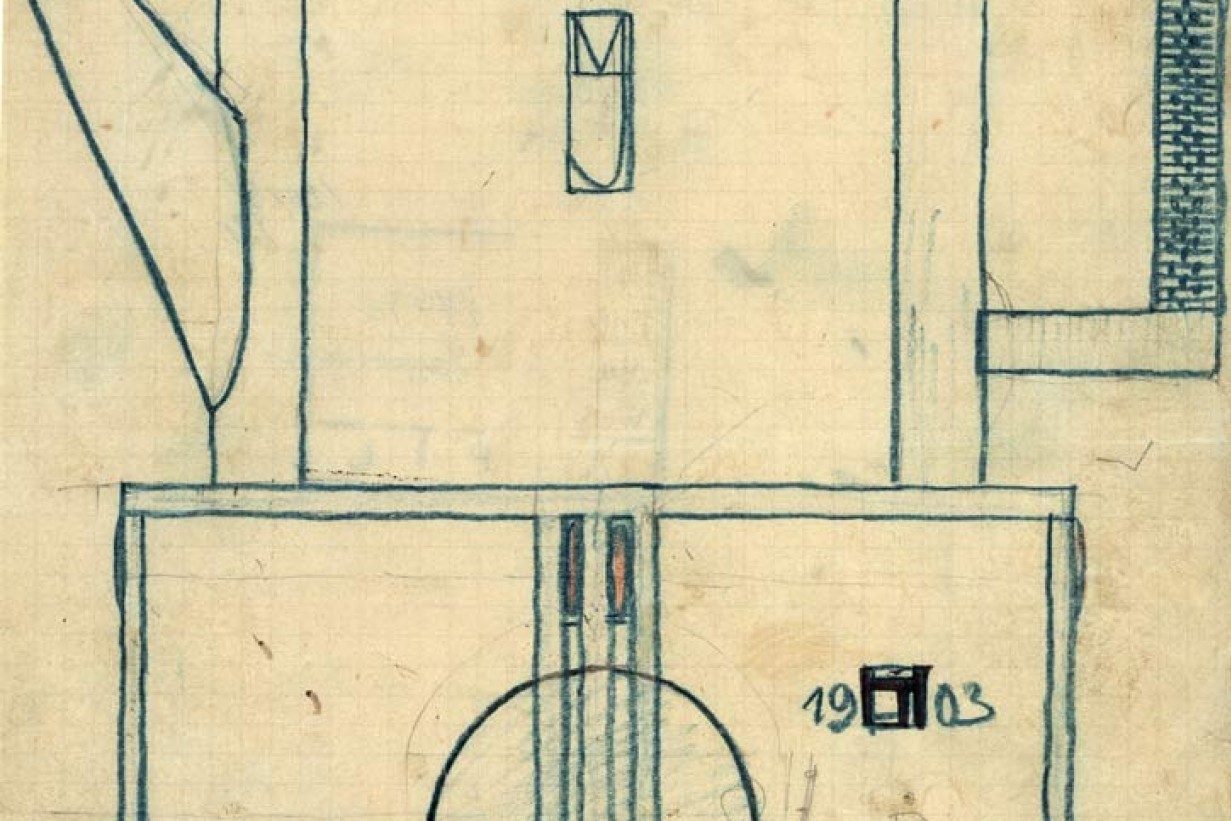
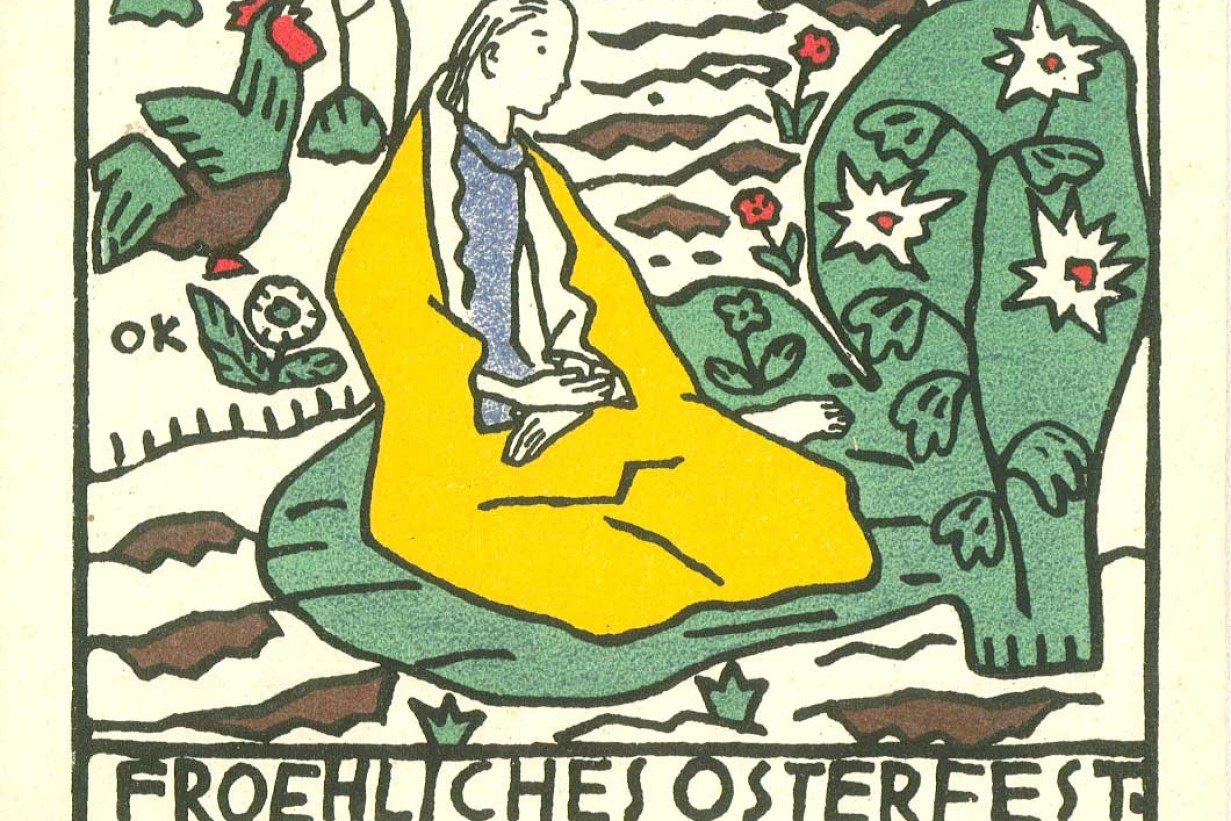
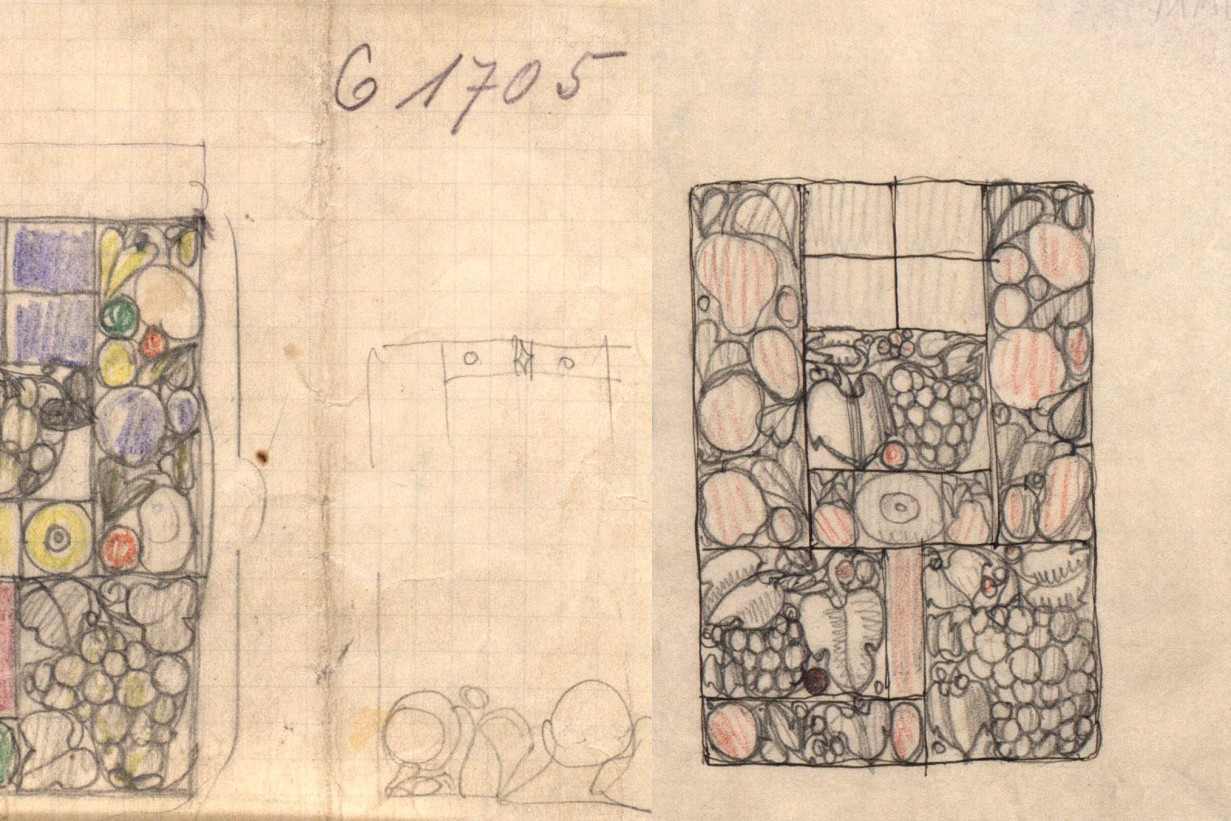
Previous Image
In 1903, with an eye towards countering the ossified Historicist style with a new beginning, the architect Josef Hoffmann, the graphic designer and painter Koloman Moser and the modern-minded patron Fritz Waerndorfer decided to establish the now world-famous Vereinigung für Kunsthandwerk [Arts and Crafts Association] Wiener Werkstätte (1903¬–1932). This “productive cooperative of artisans” was to produce high-quality craftwork to fulfill all manner of everyday needs (with products including furniture, works of architecture, porcelain, glass and apparel), in close contact between artists and consumers. With its pioneering designs and the interdisciplinary goal of holistically penetrating all areas of life, the Wiener Werkstätte left a lasting mark on the history of design. Even today, its output continues to be a significant influence with respect to issues of aesthetics.
As owner of the Wiener Werkstätte Archive, the MAK has a unique ability to document the history and significance of the Wiener Werkstätte. The Archive, which was donated to the MAK in 1955 by its previous owner Alfred Hofmann, contains around 16,000 design sketches (including 5,500 from the hand of Josef Hoffmann) and around 20,000 fabric designs, as well as posters, designs for postcards, model books, photo albums, and pieces of business correspondence. These valuable holdings facilitate the understanding of design processes and show impressively how members of the Viennese avant-garde marketed modern brand-name design with their characteristic corporate identity, an identity which was refined down to the very last detail.
The MAK is also home to the world’s largest museum collection of Wiener Werkstätte objects, covering the association’s entire productive period. Among other things, the MAK owns the most comprehensive collections of furniture, objects, and designs by Josef Hoffmann. According to the materials from which it is made, each individual object is also associated with the respective part of the MAK Collection.
Among the most valuable of the Wiener Werkstätte artworks at the MAK is an early tea set designed by Josef Hoffmann (1903), a present of honor for Joseph Hoffmann’s 50th birthday designed by Dagobert Peche (1920), a jewelry box by Koloman Moser (1906), and a writing cabinet designed by Koloman Moser for the Waerndorfer family (1903/04).
One of the highlights of the MAK’s collection is Gustav Klimt’s nine-part sketch for the mosaic frieze (ca. 1910) for the dining room of Josef Hoffmann’s Stoclet House in Brussels, which is displayed in the MAK Permanent Collection. Stoclet House, which is regarded as a major work of the Wiener Werkstätte circle, was the result of a commission by Adolphe Stoclet for a building on Avenue de Tervuren; its construction ran from 1906 to 1911, and the final result symbolizes most clearly the utopia of the Gesamtkunstwerk or total work of art, a core Wiener Werkstätte idea.
As owner of the Wiener Werkstätte Archive, the MAK has a unique ability to document the history and significance of the Wiener Werkstätte. The Archive, which was donated to the MAK in 1955 by its previous owner Alfred Hofmann, contains around 16,000 design sketches (including 5,500 from the hand of Josef Hoffmann) and around 20,000 fabric designs, as well as posters, designs for postcards, model books, photo albums, and pieces of business correspondence. These valuable holdings facilitate the understanding of design processes and show impressively how members of the Viennese avant-garde marketed modern brand-name design with their characteristic corporate identity, an identity which was refined down to the very last detail.
The MAK is also home to the world’s largest museum collection of Wiener Werkstätte objects, covering the association’s entire productive period. Among other things, the MAK owns the most comprehensive collections of furniture, objects, and designs by Josef Hoffmann. According to the materials from which it is made, each individual object is also associated with the respective part of the MAK Collection.
Among the most valuable of the Wiener Werkstätte artworks at the MAK is an early tea set designed by Josef Hoffmann (1903), a present of honor for Joseph Hoffmann’s 50th birthday designed by Dagobert Peche (1920), a jewelry box by Koloman Moser (1906), and a writing cabinet designed by Koloman Moser for the Waerndorfer family (1903/04).
One of the highlights of the MAK’s collection is Gustav Klimt’s nine-part sketch for the mosaic frieze (ca. 1910) for the dining room of Josef Hoffmann’s Stoclet House in Brussels, which is displayed in the MAK Permanent Collection. Stoclet House, which is regarded as a major work of the Wiener Werkstätte circle, was the result of a commission by Adolphe Stoclet for a building on Avenue de Tervuren; its construction ran from 1906 to 1911, and the final result symbolizes most clearly the utopia of the Gesamtkunstwerk or total work of art, a core Wiener Werkstätte idea.
Media
Dagobert Peche: Draft for a MASK
Vienna, 1920. Pencil, crayon, paper stars imprinted on translucent paper. KI 12675-7
Maria Likarz-Strauss: Draft for the FABRIC “Montag” [Monday]
Vienna, 1928. Pencil, India ink on paper. KI 12469-1
Oskar Kokoschka: POSTCARD No. 157 “Froehliches Osterfest” [Happy Easter]
Vienna, 1908. Lithograph. WWPK 886
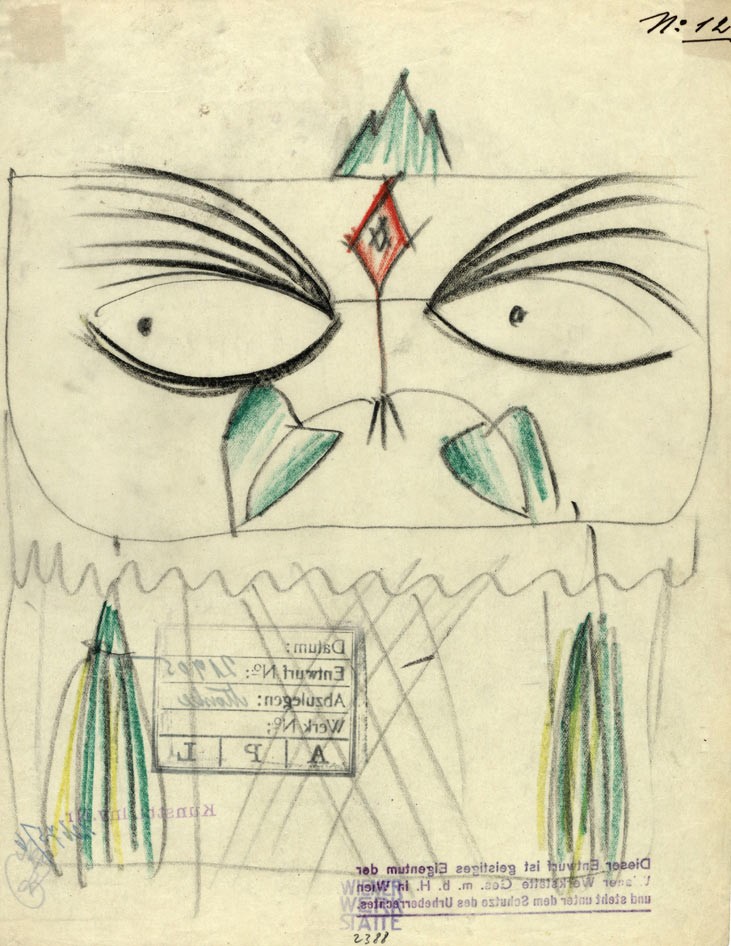
![<BODY>Josef Hoffmann: POSTCARD No. 6 “Ostern” [Easter]</BODY>](/jart/prj3/mak-resp/images/cache/dccbd4ebf32ef3acf0a8484dee60082f/0xD5314EFD9444AA8F19E546CE65D28749.jpeg)
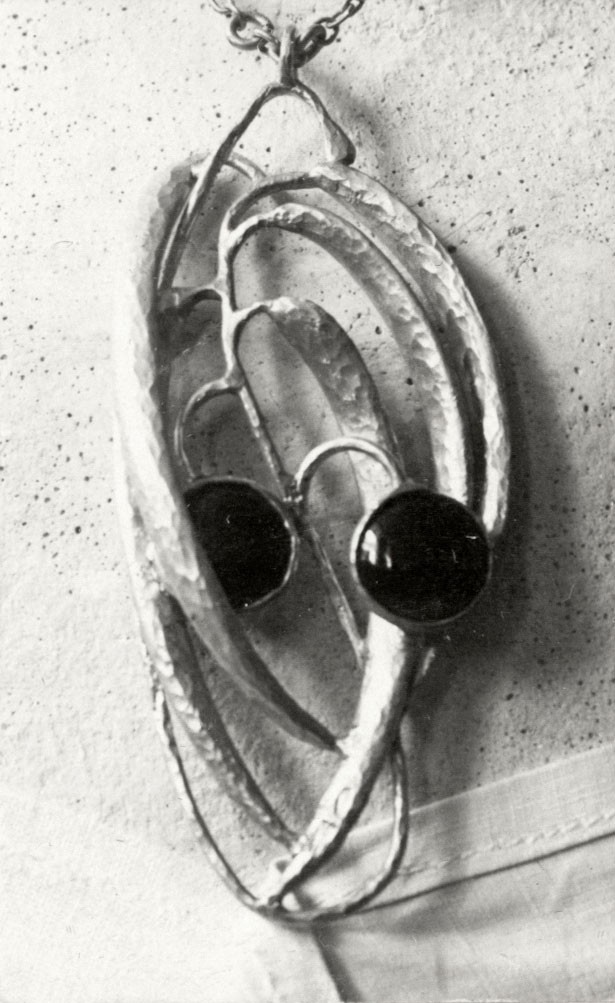
![<BODY>Maria Likarz-Strauss: Draft for the FABRIC “Montag” [Monday]</BODY>](/jart/prj3/mak-resp/images/cache/f0d8bd91ab52929aeb93d658598e56cb/0xA6CD80835A18BE874095D2A9F16398F9.jpeg)
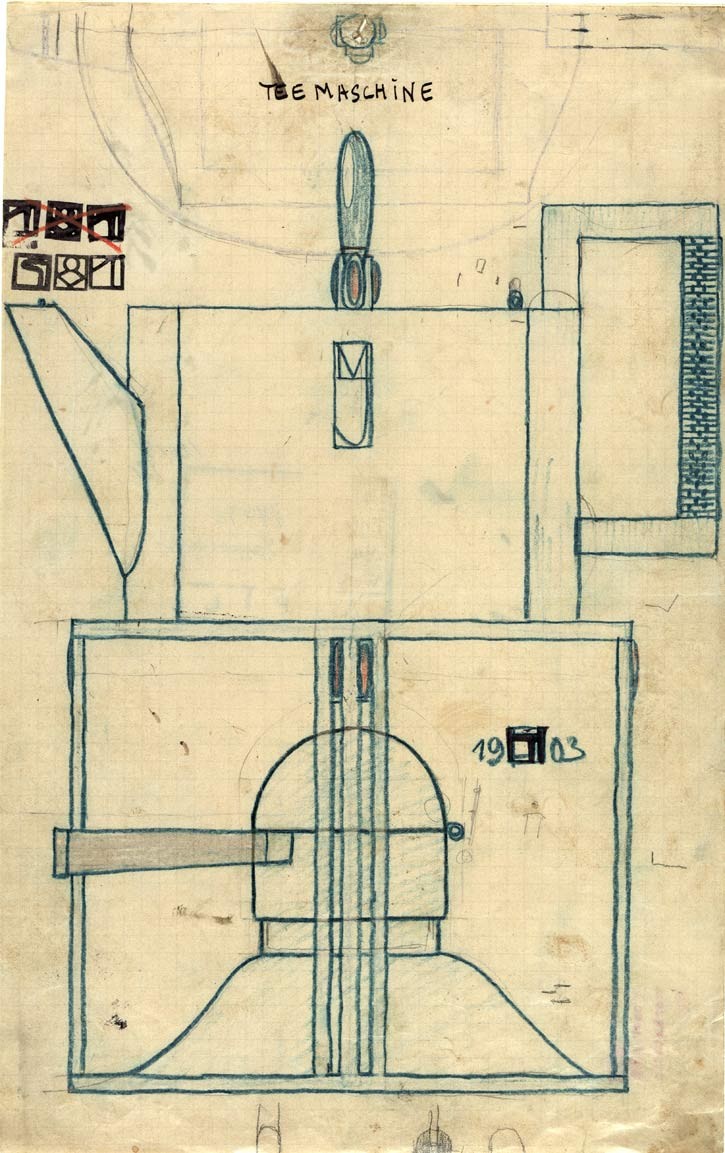
![<BODY>Oskar Kokoschka: POSTCARD No. 157 “Froehliches Osterfest” [Happy Easter]</BODY>](/jart/prj3/mak-resp/images/cache/a6ee0788d8fe4f2512689044f2dee8fc/0x91F8354EF255AAEA46A9F486E3CB4227.jpeg)
